Description
The bulbous body of the teapot has an everted rim and tapers down to a rounded point. It is mounted on four square-sectioned legs with rounded feet; the legs flare out where they meet the body with ‘horseshoe’-shaped strengthening plates between. There is a flared concave seat for the domed and hinged lid, which is surmounted by a silver-capped ‘button mushroom’ finial. The fruit wood handle is pinned into flared silver sockets. The spout is conical. Both the sugar bowl and the cream jug have smaller versions of the teapot body but with a wired rim. The silver C-shaped handle on the cream jug rises from the body to terminate on the top of the everted rim opposite the triangular pouring lip. The hot water jug has a base section very similar in form to the sugar bowl but with longer legs and without the strengthening plates found on the teapot. The jug’s bell-shaped upper section, like the teapot, has a domed, hinged lid with finial and a fruit wood handle, but a u-shaped curved pouring lip over which the wired rim extends. All pieces have a hammered finish throughout.
For very similar but not identical pieces see p. 182/183 in The Silversmiths of Birmingham and their marks; Gen. Ed. Kenneth Crisp Jones, NAG Press Ltd., London 1981.
Hallmarks:
This tea set carries maker’s mark “A.E.J” in an oval punch for A.E. Jones (Albert Edward Jones, the firm later called A. Edward Jones) with Lion Passant (Sterling), Anchor (Birmingham), and lower case ‘t’ (hot water jug, sugar bowl, cream jug) or ‘u’ (teapot) for 1918/19 or 1919/20.
Dimensions & Weight (Teapot):
Length (spout tip to handle): 24 cm / 9 ½ ins; Height: 13 cm / 5 ins; Weight (gross): 399 gm; Max. Capacity: 700 ml / 1 ¼ pint
Dimensions & Weight (Hot water jug):
Length (spout tip to handle): 15.8 cm / 6 ¼ ins; Height: 20 cm / 8 ins; Weight (gross): 355 gm; Max. Capacity: 700 ml / 1 ¼ pint
Dimensions & Weight (Sugar bowl):
Diameter: 10.7 cm / 4 ¼ ins; Height: 6 cm / 2 3/8ins.; Weight: 122 gm / 3.9 ozT; Max. Capacity: 570 ml / 1 pint
Dimensions & Weight (Cream jug):
Length (spout tip to handle): 12 cm / 4 ¾ ins; Height: 7.7 cm / 3 ins.; Weight: 120 gm / 3.9 ozT; Max. Capacity: 150 ml / ¼ pint
A. E. Jones
Albert Edward Jones (1879-1954) came from a metalworking family in Worcestershire involved in the crafts of blacksmith, wheelwright and coachbuilder. His father, William, moved a branch of the business to Birmingham about 1864, but A.E. Jones own aspirations lay with silversmithing rather than with a blacksmith’s forge. He was apprenticed to Woodward’s of Paradise Street and later to the ecclesiastical metalworkers, Hardman Powell, previously John Hardman & Co, silversmiths for Augustus Pugin.
The grounding he received there with Edward Webb stood him in good stead when he came to produce church work on his own account. His dual interest in church/art metalwork is paralleled elsewhere in Birmingham at the end of the nineteenth century and so it is hardly surprising that Jones should have come into contact with another figure, Arthur Stansfield Dixon and with the Birmingham Guild of Handicraft, of which Dixon was the leading light.
Most of those who were to become the Arts and Crafts metalworkers of Birmingham came under the influence either of The Guild or Edward Taylor’s Central School of Art. The Guild took trained craftsmen and instilled Arthur Dixon’s design philosophy; the Central School started with untrained raw material, insisted on competence in both drawing and in the execution of designs in the prescribed material. Influential manufacturers released their workers to study there. A.E. Jones not only took classes at the School but he was also a Birmingham Guildsman, and thus came into contact with the leading men of the local Arts and Crafts Movement – including A.J. Gaskin, Edward R.Taylor, Bernard Cuzner and Dixon.
A.E. Jones’s genius lay in being able to produce Arts and Crafts style metalwork commercially at an affordable price without compromising on the design.
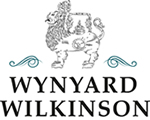
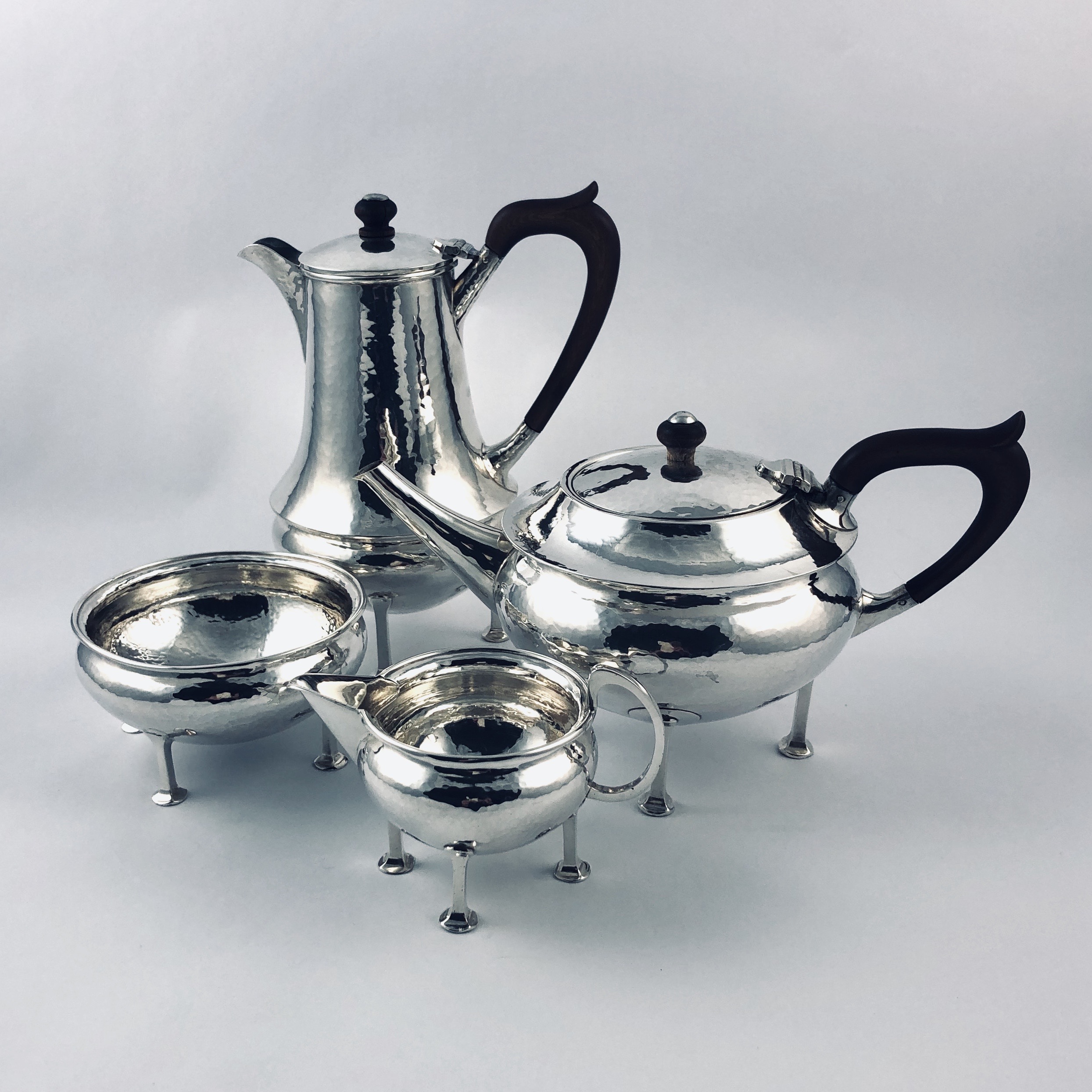
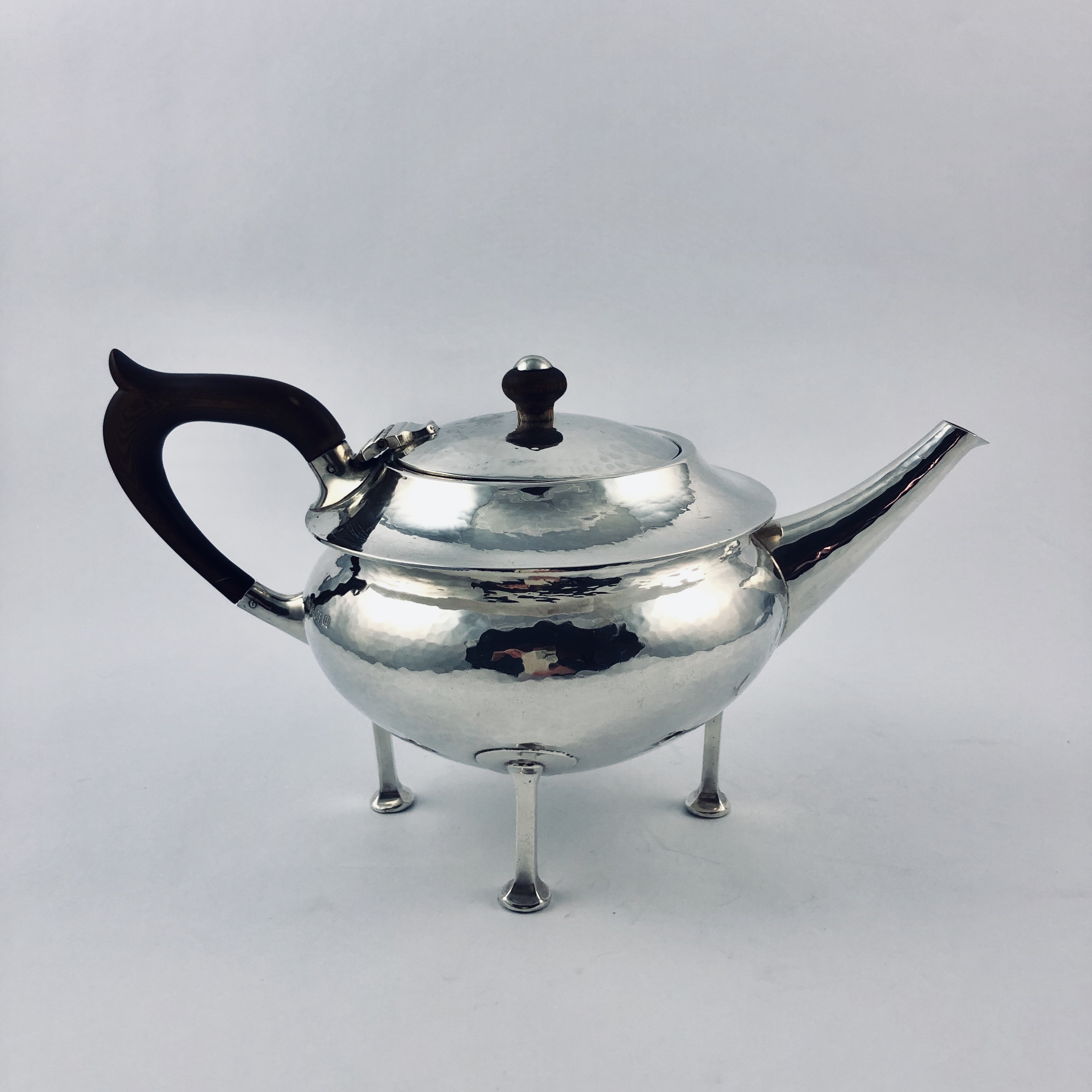
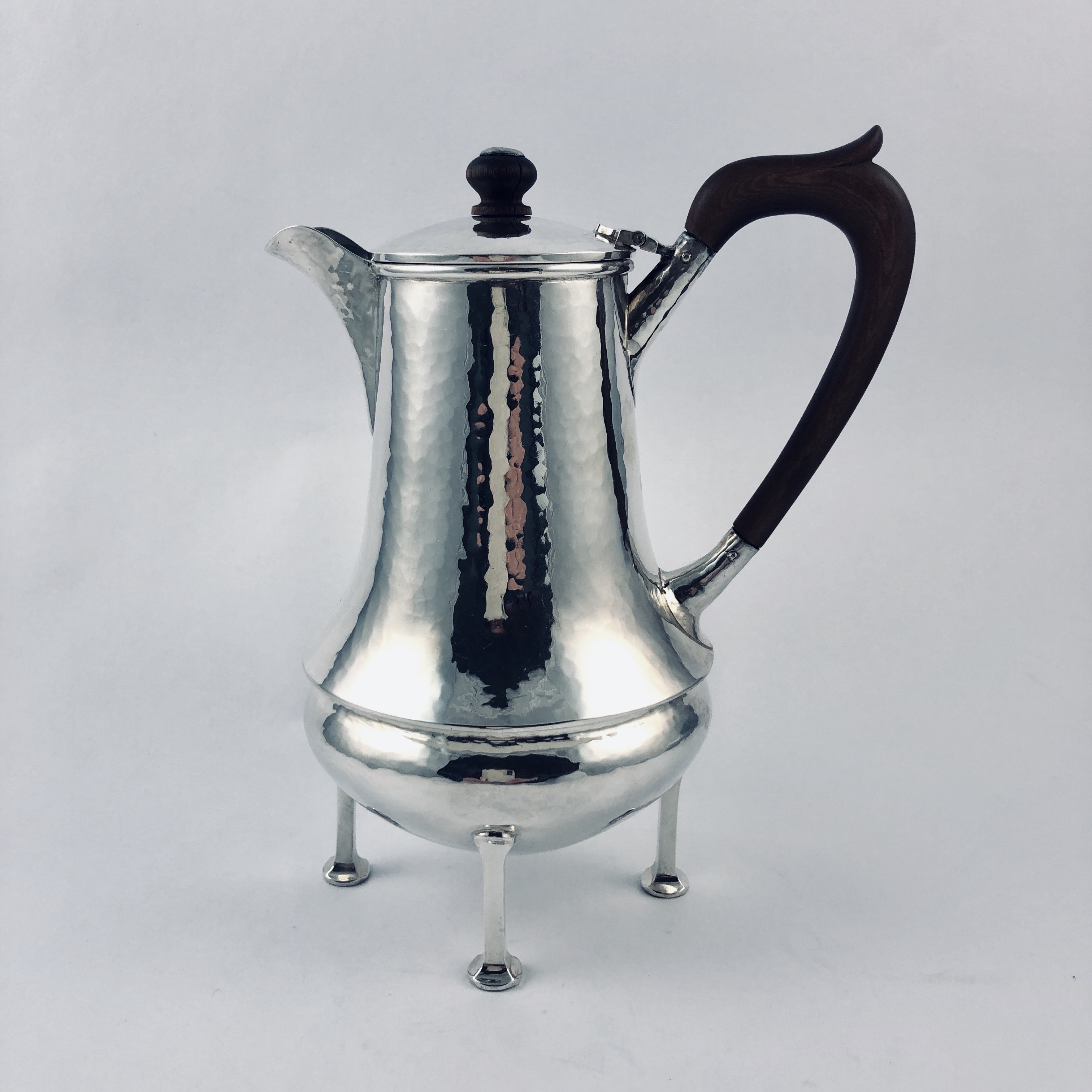
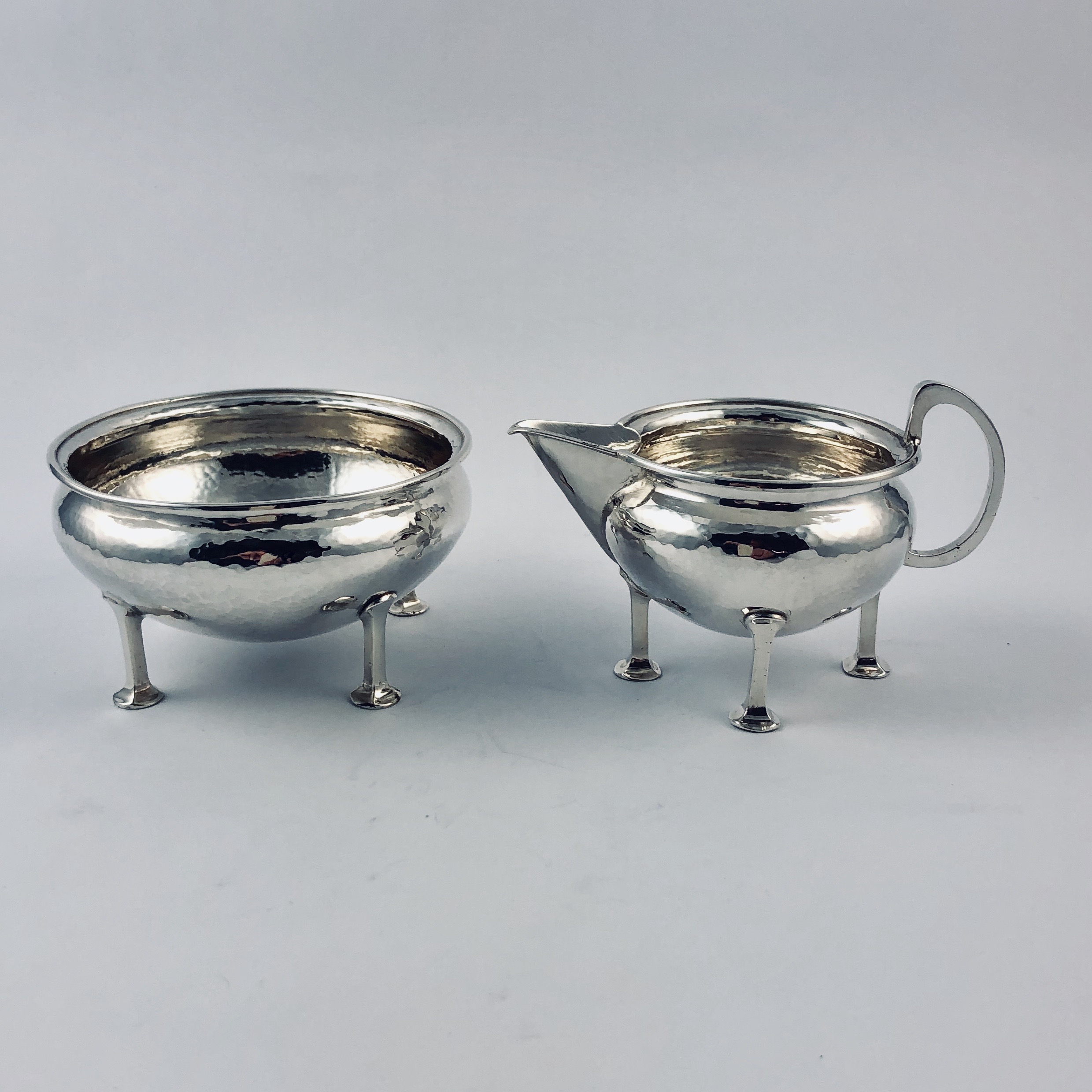
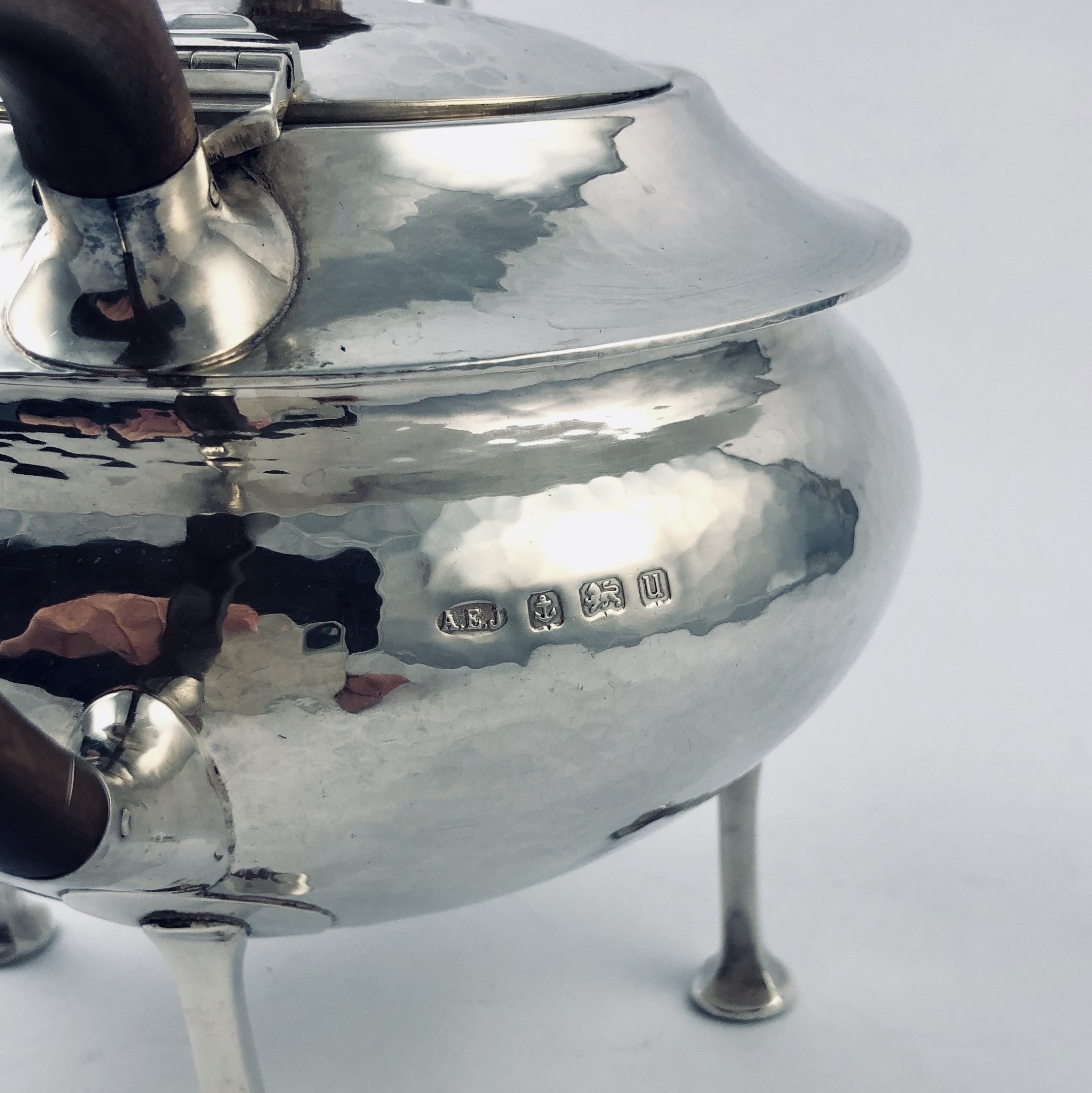
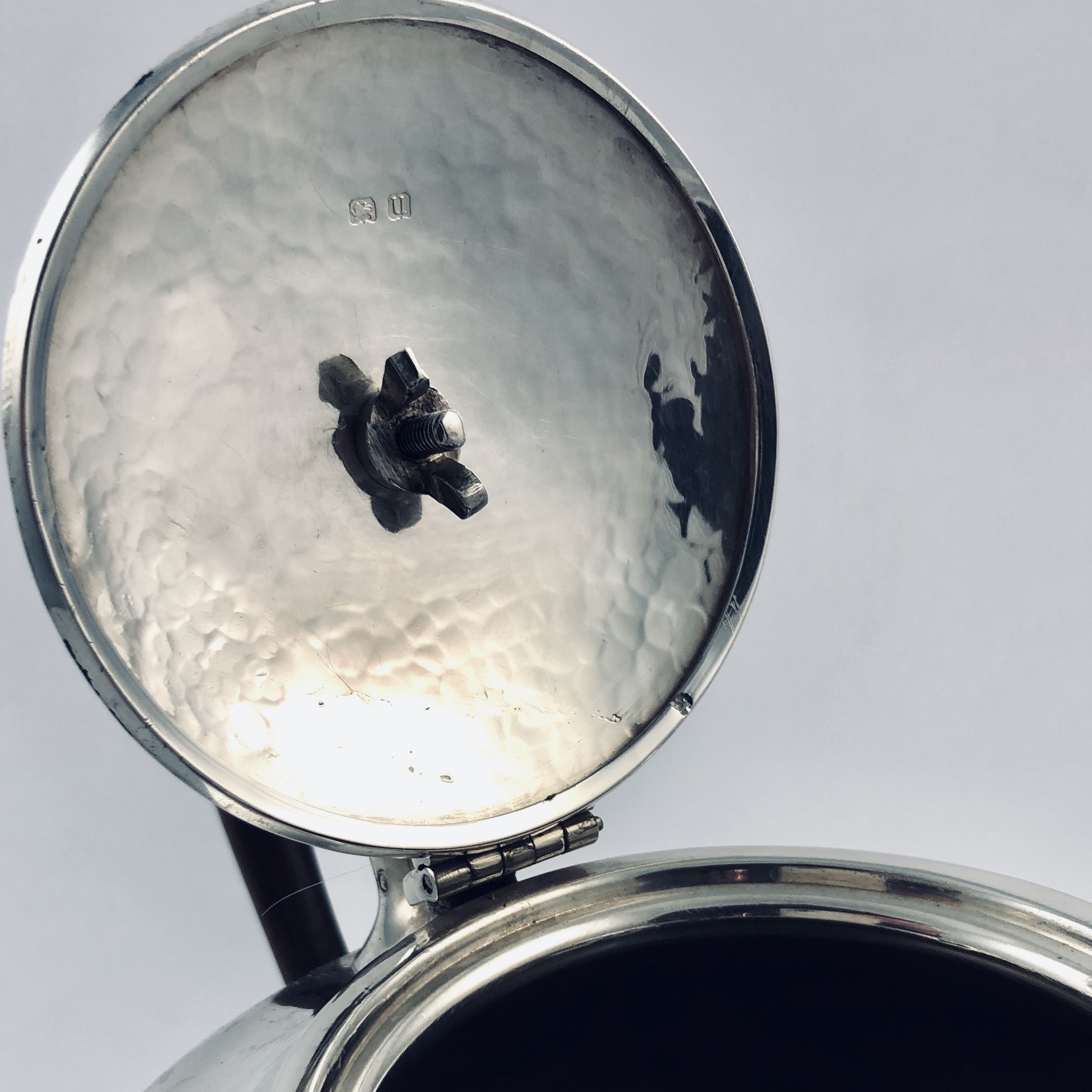
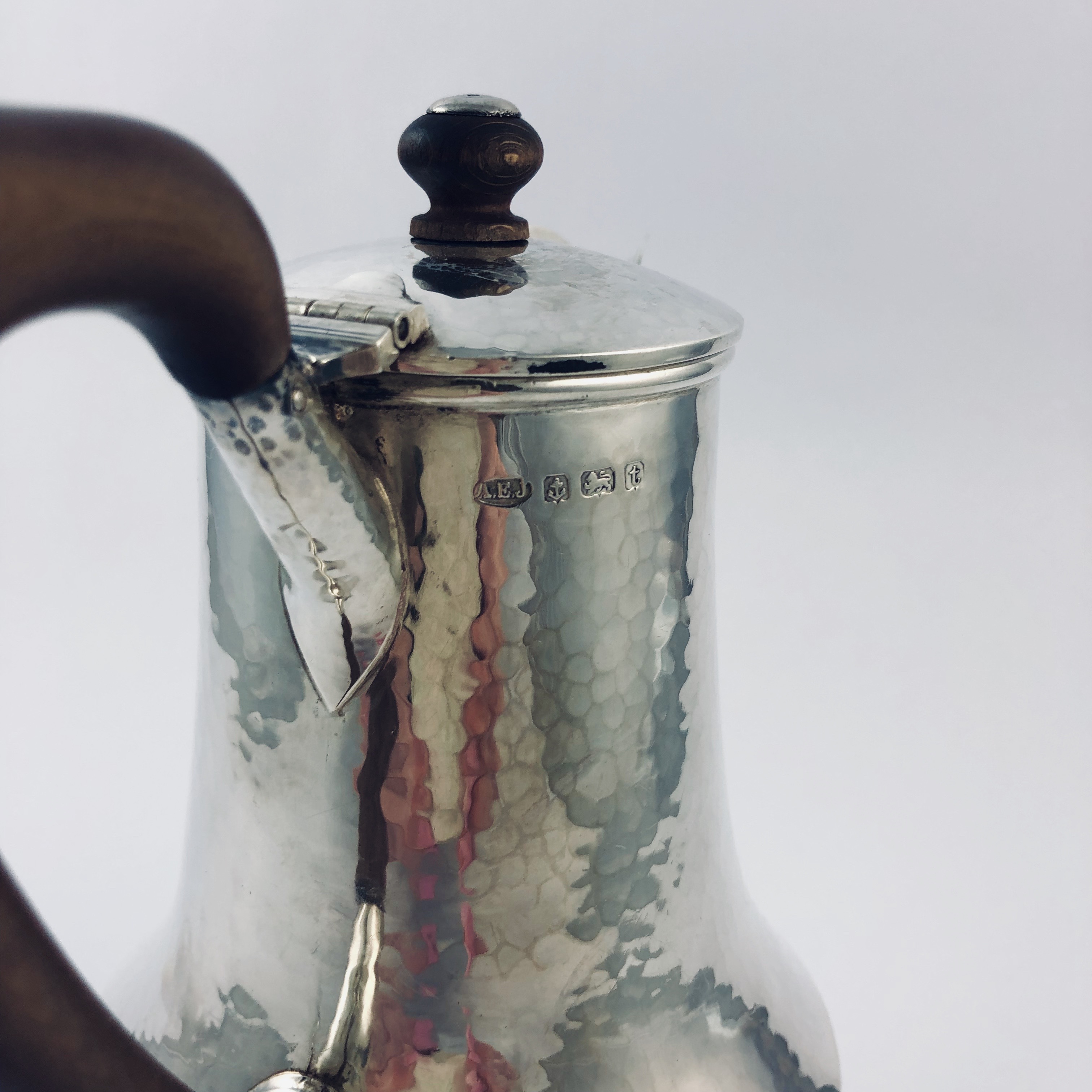
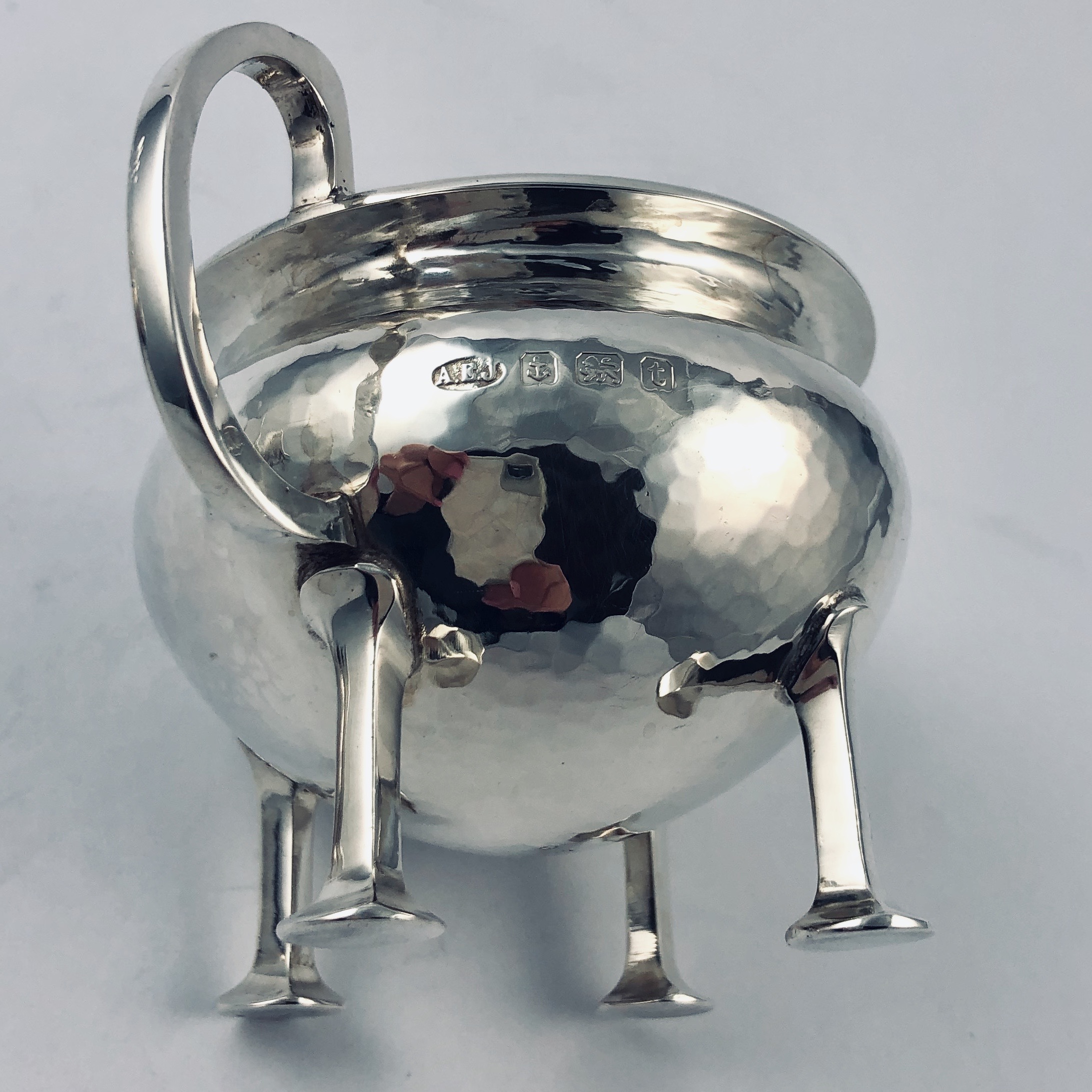
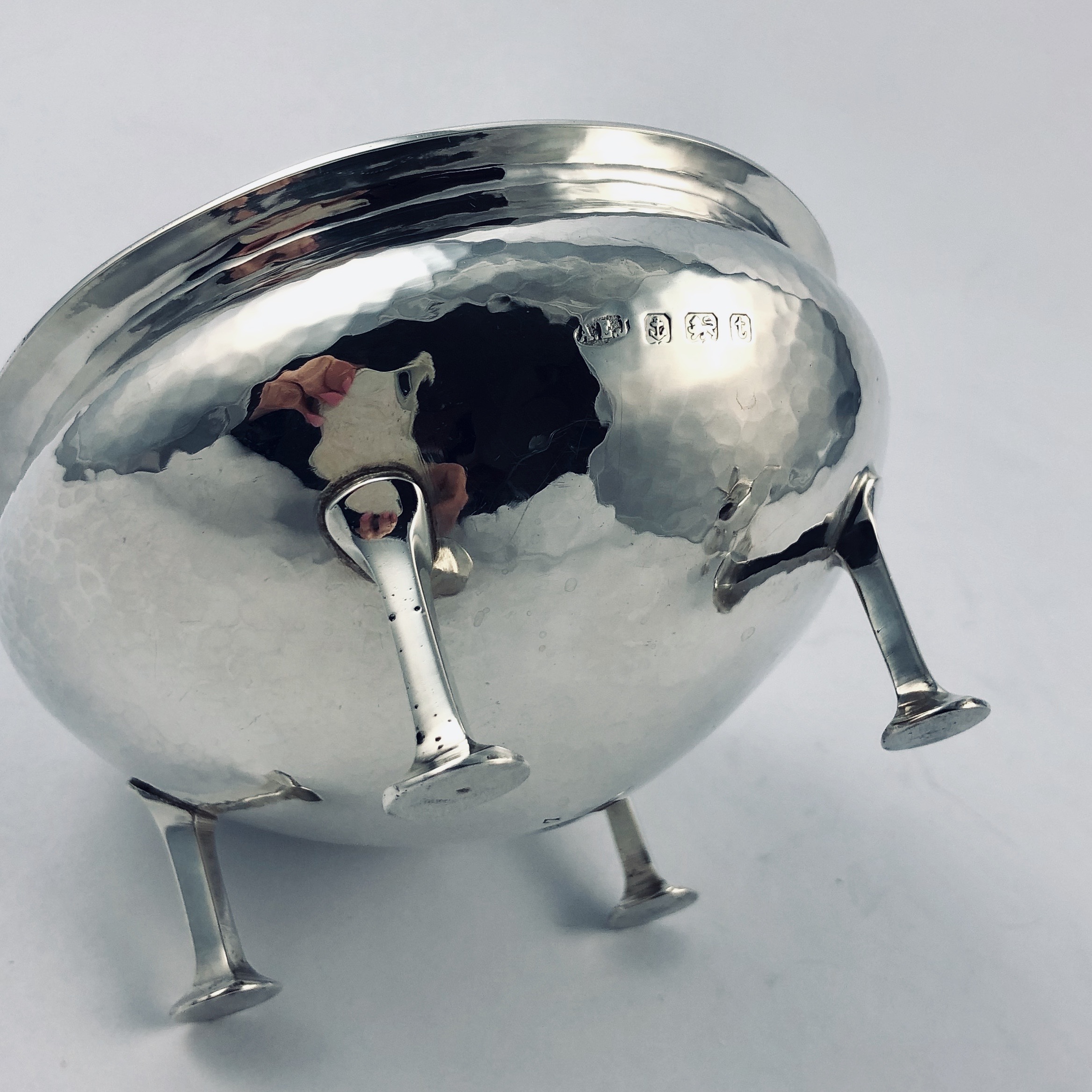
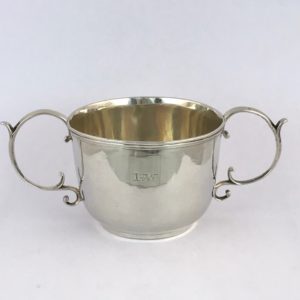
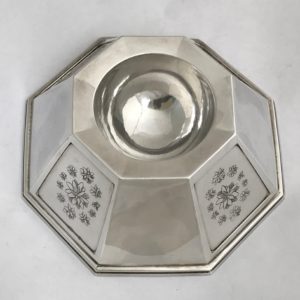
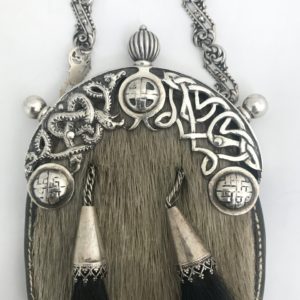
Reviews
There are no reviews yet.